by
Source: jacobsmedia.com, February 2022
A few years ago, a friend who was at the time a higher-up of a respected radio company called me after reading that today’s blog post. He admitted to me it was well-written and conceived. But he confided this to me:
“Our CEO thinks your blog is just an excuse to create daily 4-alarm fires for radio.”
And to that I responded:
“There’s actual shit burning.”
5 Podcasts Ideas for Radio Broadcasters
How can your radio station get started in podcasting? Watch our webinar for ideas.
Here we are after some amazingly challenging years, fueled by the way things were already trending, and fueled by COVID, and radio’s challenges haven’t abated. If anything, they’ve intensified. There’s more competition, more disruption, and still a lot of fallout from the pandemic. While many broadcasters eschew the word “radio” in favor of “multimedia,” the fact is, broadcasters were generally very late to the digital game, with just a handful of exceptions.
It’s not like the signs weren’t there.
A number of us spent some uncomfortable years in the “digital wilderness,” pointing out the trends in listening, viewing, and gadgetry. Speaking from our vantage point at Jacobs Media, our Techsurveys which launched way back in 2005 sent crystal clear messages that consumption and content sources were changing, and that broadcasters needed to think – and strategize – past their transmitters and towers.
But the pushback was palpable. There was the old “analog dollars/digital dimes” excuse. That is, if we can’t monetize it, why do it?
Then there was the “let’s wait to see whether this is a trend or a fad.” That old saw was used again and again – with iPods, smartphones/apps, streaming, podcasts, smart speakers, TikTok and beyond. Did every tech innovation become “the next big thing?” Of course not. But as an NBC-TV executive told Paul at CES a few years ago, “Every time a new social media platform emerges, we sign up, sign on, and engage with it. You never know.” No, you don’t.
There was the “Our retail landscape won’t be impacted by mega-tech like Google or Facebook. We’re in Des Moines. They’ll never come here.” In fact, one CEO dismissively uttered “Google Schmoogle” when presented with the scenario these companies would one day eat radio’s lunch – dinner, breakfast, and brunch – even in small markets all over the U.S.
And then my favorite: “Why aren’t you guys supporting radio?” As if pointing out the competitive reality and truth was somehow blasphemous, even traitorous to the industry that helped me launch the Classic Rock format, and put my kids through college.
To spur more attention to the digital threat/opportunity, we even came with those familiar green wristbands emblazoned with W.T.D.A. – or “What’s the digital application?” – which we hoped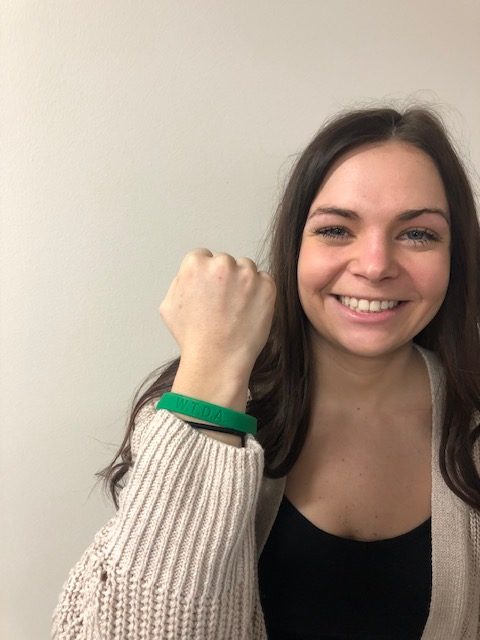 would serve as that “string around your finger” reminder to include promotions, sales, marketing, and content creation in the digital space. We sent thousands of them to our clients, as well as any broadcasters who requested one – or a dozen – because it was so clear to us that digital was radio’s ultimate future.
would serve as that “string around your finger” reminder to include promotions, sales, marketing, and content creation in the digital space. We sent thousands of them to our clients, as well as any broadcasters who requested one – or a dozen – because it was so clear to us that digital was radio’s ultimate future.
Here we are in 2022, and now everybody has bought in. Seemingly multiple companies in markets are morphing into digital agencies, offering SEM, SEO, and other products many sales reps struggle to market to advertisers. Yes, everyone’s streaming, but the experience is (mostly) substandard. Most stations now have apps, but in general, they’ve been poorly marketed and sold. And few have actually had much in the way of success with podcasting, despite billions now being thrown at this category.
And yet somehow, more and more stations are profiting – perhaps in spite of themselves – by the coming of the digital media age. Just imagine how much more money and how further along so many companies would be if they’d actually gotten started in 2019, 2015, 2010, 2005, or even earlier.
I throw this out as a preamble – not as an “I told you so” – to the next missed opportunity, and one where radio will not likely to be able to play catchup.
No surprise – I’m talking Generation Z, defined (and it varies) as those born between 1997 and 2012. In other words, young people between the age of 10 and 25. You don’t need a consultant to tell you these folks don’t have a whole lot to do with radio. We just wrapped up the field work for our brand new Techsurvey. Of the approximately 30,000 respondents – most of whom are members of radio station email databases – only 1% of them or about 300 people – are in the Gen Z group.
The medium’s staunch defenders will argue radio’s reach among Gen Z is much higher than that. But if you step back, teens are often stuck in situations – like driving with their parents – where the radio is on, like it or not. But if we’re talking about engagement – actually being invested in what they’re listening to and enjoying it – these Techsurvey numbers tell a more important story.
So, what do Gen Z’s think of radio?
Don’t look at me, I have no clue. With a sample size of 300 people, there’s not much I can tell you. And the vast majority of people programming, selling, and managing stations can’t tell you either. That’s because most radio managers haven’t actually commissioned a research study that included teenagers in decades – if ever.
Looking at this Statista chart, the data clearly points to the importance of Gen Z right now – not in five years or by 2030. They are nearly the biggest generation of them all, and they’re poised for a growth spurt:
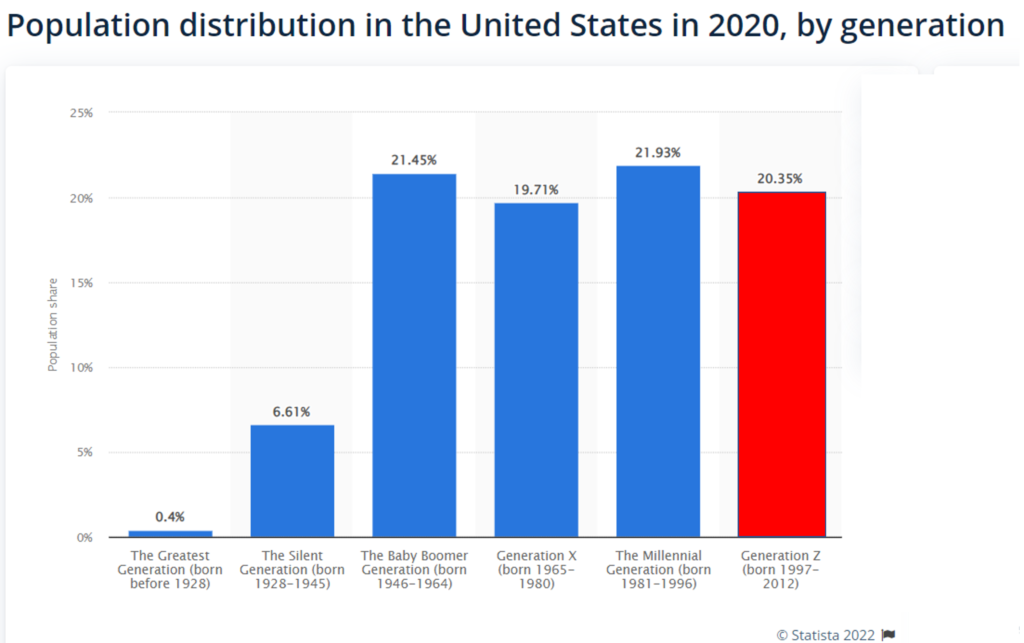
Sure, the Baby Boomers are still a force to be reckoned with. But by 2030, every single member of that influential generation will be 65 or older. Or dead.
And what of the younger generations? Here’s the trending trajectory over the last decade. These young consumers – Gen Z (and younger) and Millennials combined now make up more than half the population – and climbing. As we get closer to 2030, Gen Z will make up nearly a third of the total workforce. 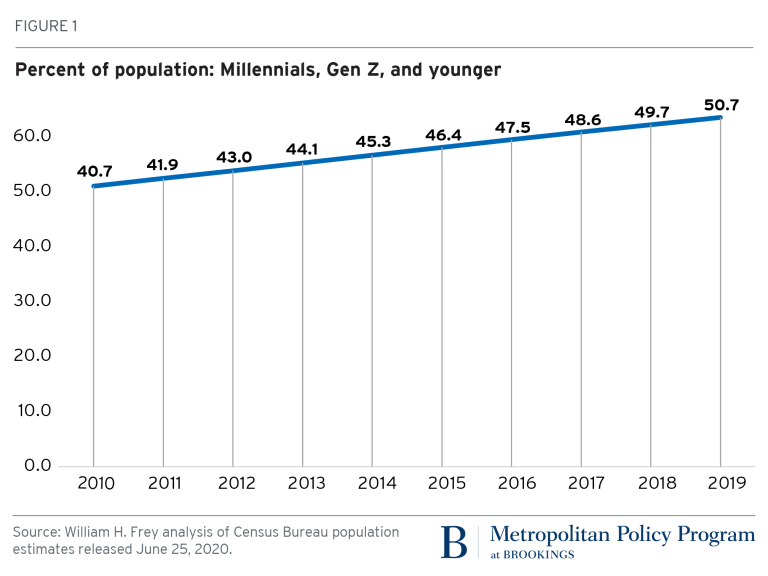 The advertisers of the world are working hard not to miss this moment. Gen Z is a prime topic of conversation each and every day as marketers vie to understand this influential cohort of consumers. Each and every day, trade publications and mainstream media are taking on the challenge of understanding Gen Z, and ensuring their products and services are aligned to appeal to millions of young people.
The advertisers of the world are working hard not to miss this moment. Gen Z is a prime topic of conversation each and every day as marketers vie to understand this influential cohort of consumers. Each and every day, trade publications and mainstream media are taking on the challenge of understanding Gen Z, and ensuring their products and services are aligned to appeal to millions of young people.
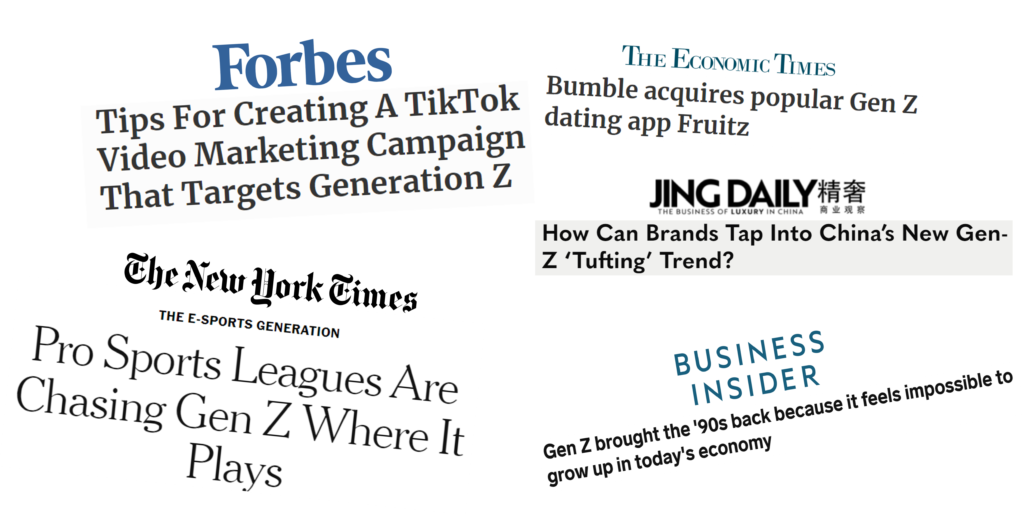
Now, I know why many of you are reading this arms folded, perhaps thinking the same thought that’s convinced broadcasters not to bother with Gen Z:
Radio cannot effectively monetize those under 25, much less teens.
And here are my two responses:
- We did once – and very effectively. Teen advertising buys were a vital part of radio’s total ad mix.
- Many radio operators said the same thing about digital (and some still are).
But here we are in 2022, rapidly becoming an AARP medium, and no strategic plan to counteract the rapidly aging process of radio’s traditional audience. It is radio’s equivalent of the climate crisis. We’re heading right toward the iceberg, and sadly, the industry at large is moving full stream ahead.
If we’re looking for reasons why young people gave up on radio years ago, let me share with you a comment I received on yesterday’s post from a former client and a frequent commenter to our blog:
“Young people haven’t been gravitating away from radio, they’ve been made to feel unwelcome and have been all but asked to leave. When a restaurant takes someone’s favorite dishes off their menu, they tend to go to other restaurants. And its not as if radio doesn’t have a cheap and easy tool for testing new formats, music and ideas. There’s a pretty deep well of translators in most markets where things could be tried out with little risk. Needing that .6 as the third or fourth entry into an existing format to bonus and bring buys in is a really sad excuse for not experimenting with frequencies most bought for $50-100K.”
And that sums up the dilemma, but perhaps also offers a solution. Radio, from its inception, has been a “big tent medium.” There was something for everybody.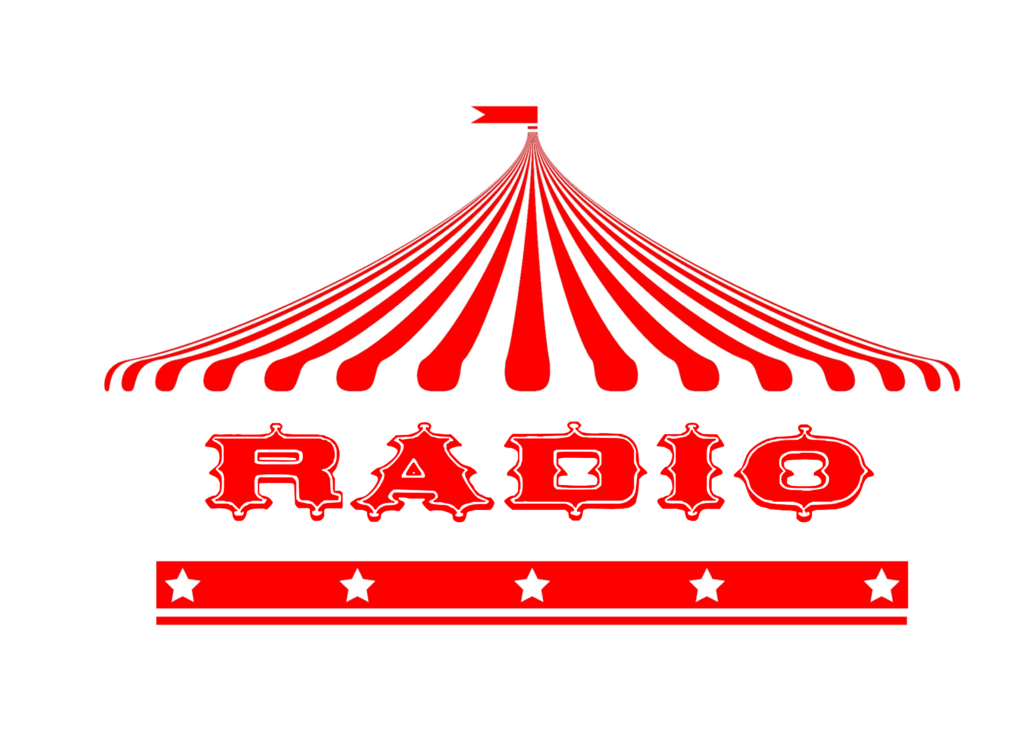
The critical mistake was giving into ad agency demands rather than marketing more diverse audiences based on their value. When you turn listeners away because they’re too young, they’re too old, or they like a style of music that may not deliver carloads of desirable demos, the medium limits itself, becomes more of the same, and fails to deliver a diverse audience.
So, what about those translators filling in a few zip code holes, but probably not performing as promised?
Or those FM “runts of the litter” – those perennial losers that change formats every few years?
If enough owners agreed the “youth crisis” is as big a challenge as the “digital revolution” turned out to be, a bona fide effort could be made to court those under 30, even those who aren’t yet of legal age – but still spend money and (more importantly) will grow into the medium, just as we did when we were kids.
Some of you are already shaking your heads, insisting it’s too late. Kids today don’t want a curated, real time, linear experience. No, they’re all about on-demand – getting what they want, when and where they want it. They’d never spend time listening to personalities geared toward them, programmed by “showrunners” not much older than themselves.
But that’s precisely how FM radio in the U.S.A. took hold and changed the way teens of that era listened and discovered new music and new artists.
 “Teen radio” in 2025 might not sound anything like radio that targeted teens in the 1960s or 1970s. Maybe we’d even call it something else. And that’s OK. It shouldn’t be dreamed up by us veterans who have been doing it much the same way for decades now.
“Teen radio” in 2025 might not sound anything like radio that targeted teens in the 1960s or 1970s. Maybe we’d even call it something else. And that’s OK. It shouldn’t be dreamed up by us veterans who have been doing it much the same way for decades now.
How would teens react to a newly designed real-time medium that perhaps led with mobile devices rather than transmitters and towers?
The other day we talked about the idea of “searchable radio.” What impact could that have on how young consumers find what they’re looking for?
How could technical and programming innovations come together to present an audio option that actually has relevance to today’s (and tomorrow’s) teens?
At an NAB Radio Show some years ago, I was asked to put together a timely panel that might capture industry attention and generate healthy discussion. Much to the chagrin of some of the organization’s staff, my session was called “My 14 year-old thinks radio sucks.”
It talked about many of the same themes you’re reading about in today’s blog.
The year was 2000 – more than 20 Radio Shows ago.
I’m hopeful Joel Denver’s All Access Audio Summit and the newly designed NAB Show will be addressing radio’s “youth crisis” in sessions and panels. But in order to effect change in radio, the industry’s leadership will need to do more in 2022 than attend conferences.
If we were to update that session for this year’s conference, we might rename it “My 14 year-old doesn’t know what a radio is.”
Tick-tock.
Jacobs Media has consistently walked the walk in the digital space, providing insights and guidance through its well-read national Techsurveys.
In 2008, jacapps was launched – a mobile apps company that has designed and built more than 1,300 apps for both the Apple and Android platforms. In 2013, the DASH Conference was created – a mashup of radio and automotive, designed to foster better understanding of the “connected car” and its impact.
Along with providing the creative and intellectual direction for the company, Fred consults many of Jacobs Media’s commercial and public radio clients, in addition to media brands looking to thrive in the rapidly changing tech environment.
Fred was inducted into the Radio Hall of Fame in 2018.

